“I’d been painting for 15 years before I heard about this palette,” says Christina Kent, a San Francisco-based oil painter. “My first reaction was, ‘Why didn’t I hear about this sooner?!’”
This limited palette was pioneered by Anders Zorn, a Swedish portrait artist active primarily in the early 1900s, and is often referred to as the “Zorn palette.” He is said to have worked with Lead White, Yellow Ochre, Vermilion, and Ivory Black.
Kent’s version of the palette consists of four paints: Titanium White, Cadmium Red Light Pure, Yellow Ochre, and Payne’s Grey from the Utrecht Artists’ Oil Colors line. In essence, each of these colors is standing in for the primary colors, with Payne’s Grey serving as blue.
Watch Christina block in a self-portrait, using this limited palette.
“As painters, we’re free to paint whatever we want, and we can paint the colors as we like them,” Kent says. “You might want to paint a face all Cadmium Red, depending on the emotional tone you want to go for.”
For life-like representations, however, you may want to give these colors a try, because they work for every skin tone, and even various hair colors.
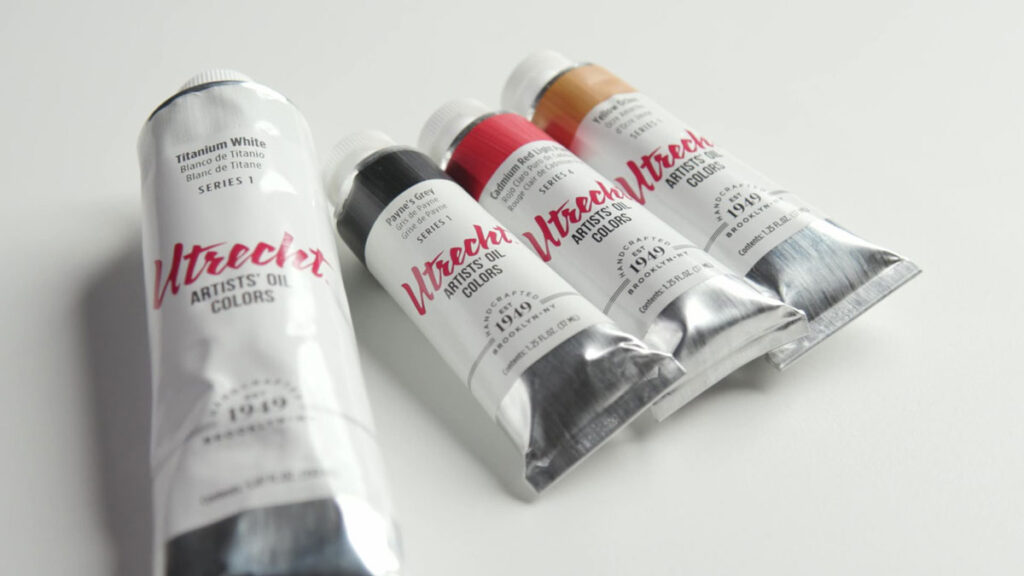
“Painting skin tones can be very difficult because there are these neutral browns and grays, and it’s hard to get that color right out of the tube,” says Kent. “With just these four colors, we’re going to be able to create a broad range of skin tones for naturalistic and beautiful portraits. “
Want to see more product recommendations and demos? Check out our Product Guides page!
For her tutorial, she went with a self-portrait with very strong lighting, “so we have these distinct shadows. The darks are very dark and the lights are very light.”
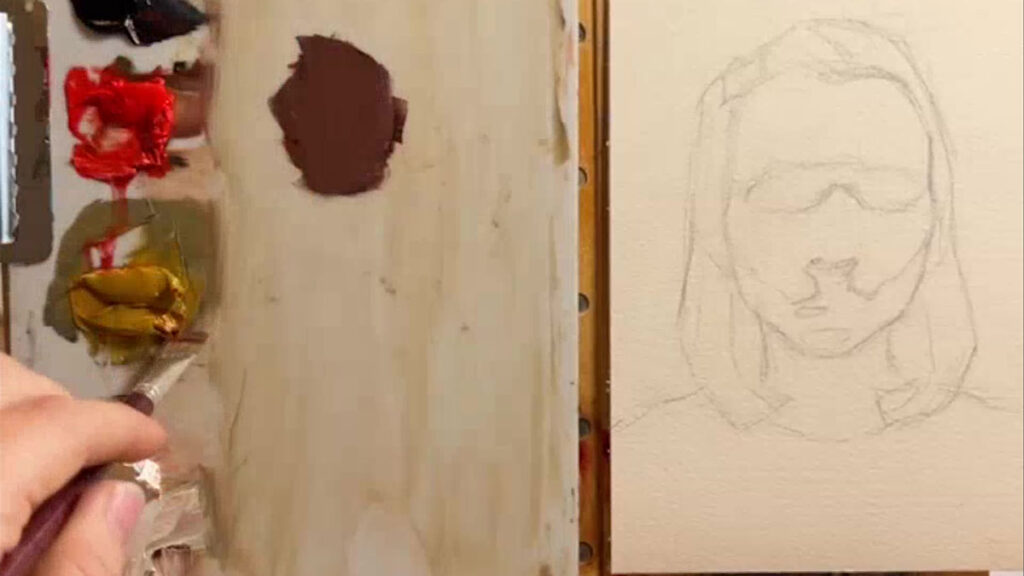
As with most oil paintings, Kent starts by blocking in the shadows, then the mid-tones, and then the highlights, adjusting the mixtures as needed. Once she has a base of solid colors, she’ll go back to add more detail and nuance.
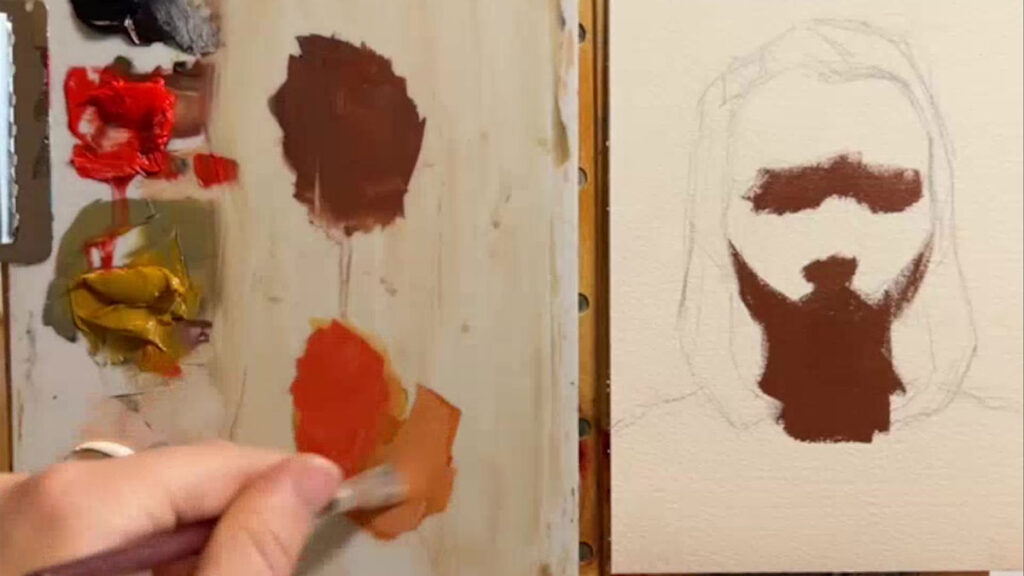
As she mixes the colors, she notes the changes. A touch of Payne’s Grey helps neutralize the Cadmium Red Light, which can otherwise over-power most other colors. Titanium White can also overwhelm other colors, and should be added in sparingly.

“This palette also works really well for hair,“ says Kent. “I have sort of a dirty blonde hair color, so I’ll start with a Yellow Ochre, adding the Payne’s Grey to shift it toward green, so that it contrasts with the skin tone.”
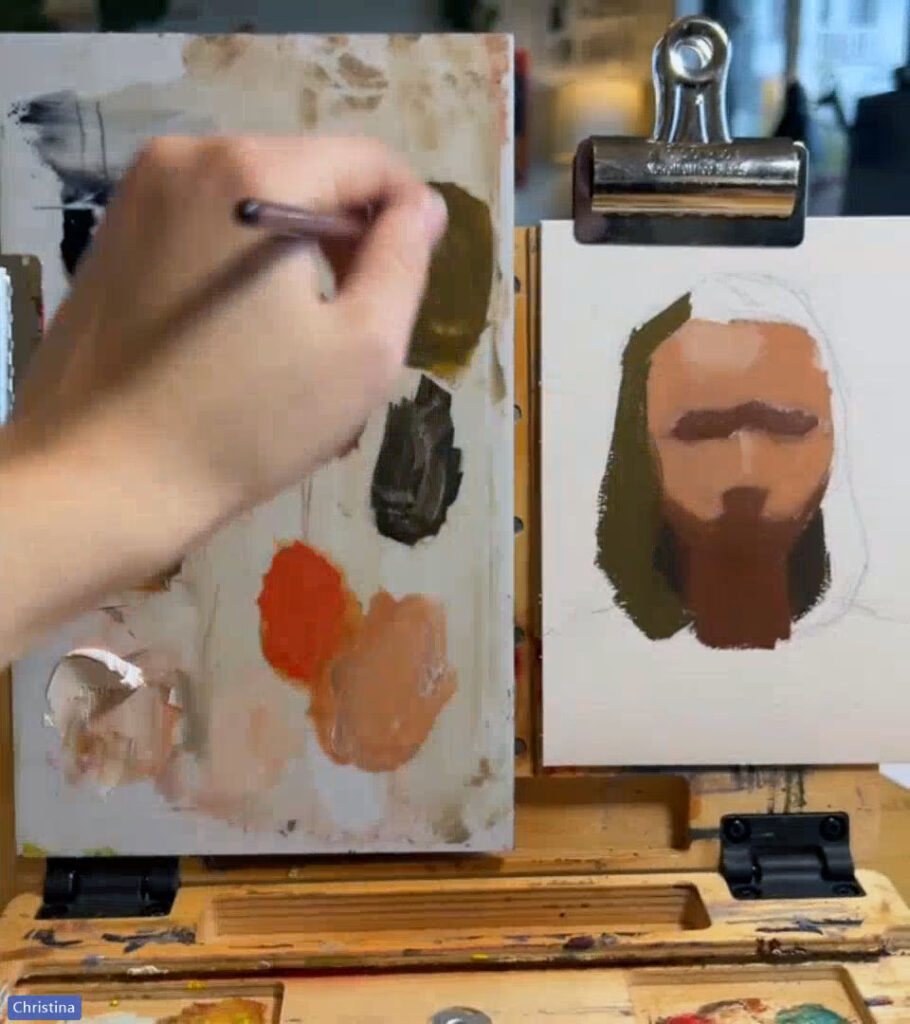
The base that she produces in the video is warmer, with more Cadmium Red, but a second sample leans cooler, more grayed out by Titanium White. Same palette, different proportions, yielding a very different, and still naturalist result.
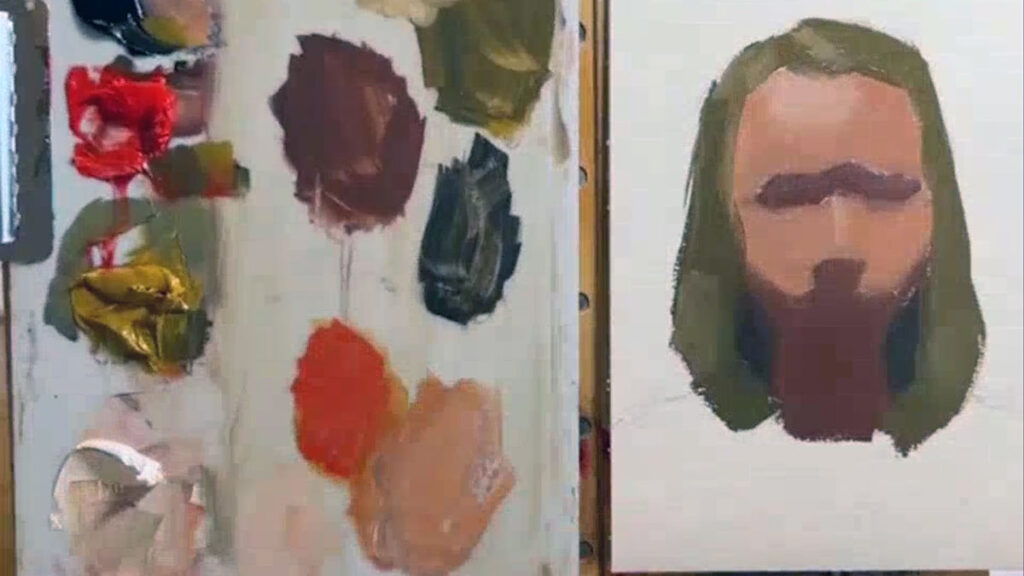
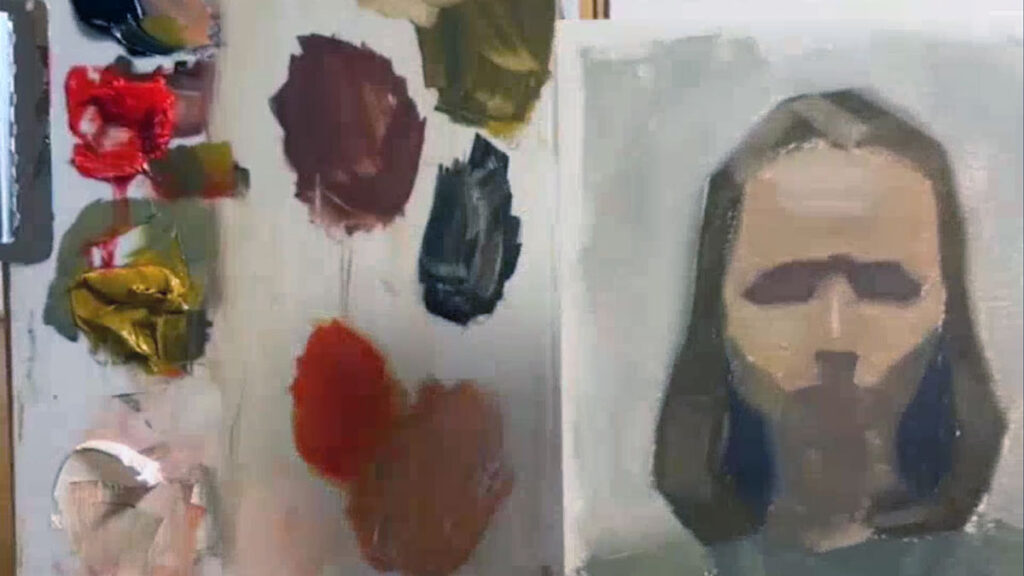
Working with the Zorn palette can jump-start your portrait painting, getting you toward naturalistic, complex skin tones quickly.
Any of these paints can be purchased individually through DickBlick.com, or if you’re just getting started, take a look at the Utrecht Artists’ Oil Complete Painting Set, which includes paints for this Zorn palette as well as other colors (10 tubes), three brushes, a palette knife, and a pad of palette paper.
You can see more of Christina Kent’s work on her website, or check out her YouTube channel to watch some of her art tutorial videos.
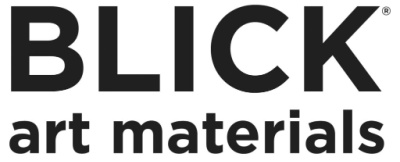
This post contains affiliate links. We may earn from qualifying purchases (at no cost to you!). We appreciate your support.
From Our Shop